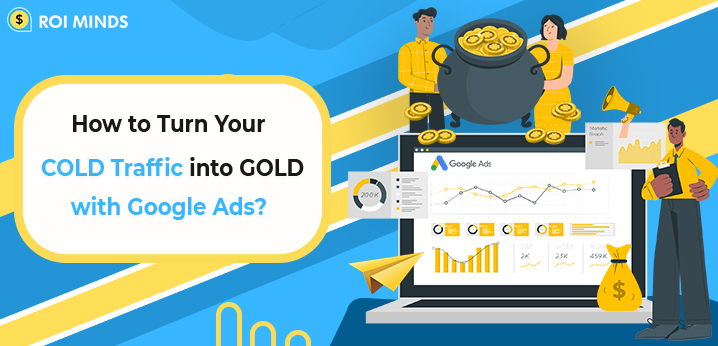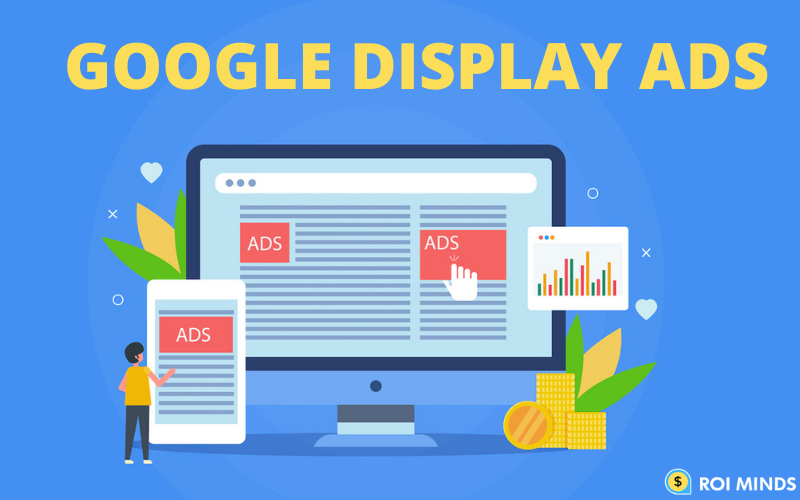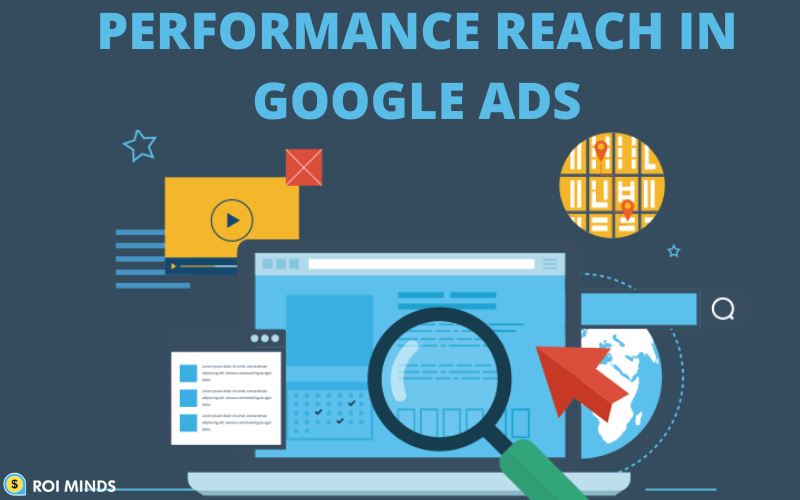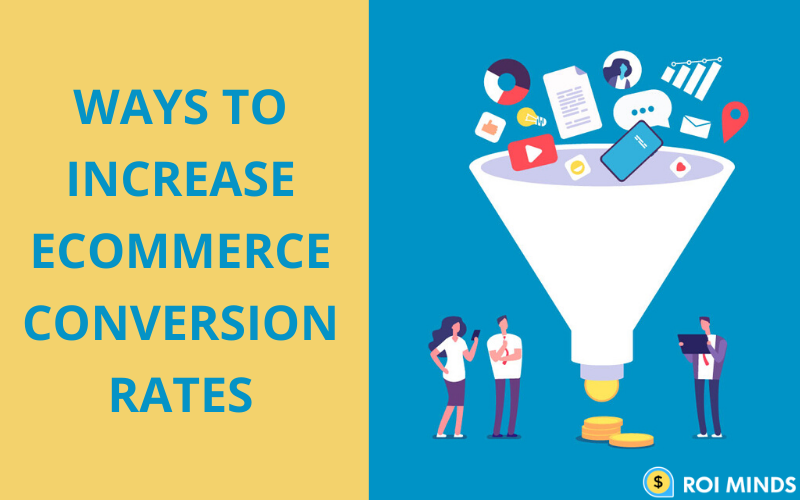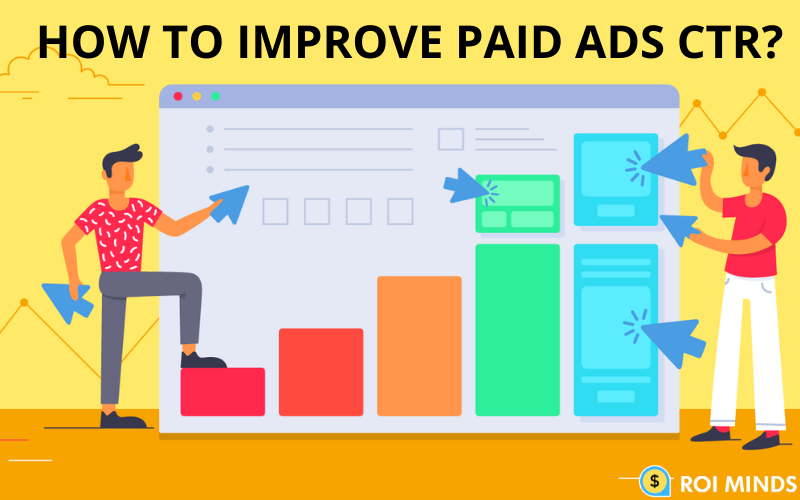How to Turn Your COLD Traffic into GOLD with Google Ads?
Do you want to increase the number of conversions for your Google Ads? If the answer is yes, GDN is the saviour for you, but many people have trouble making Google Display Network work for them, so I wanted to share a strategy working well for many of our eCommerce clients. Let’s elaborate on this …
How to Turn Your COLD Traffic into GOLD with Google Ads? Read More »

